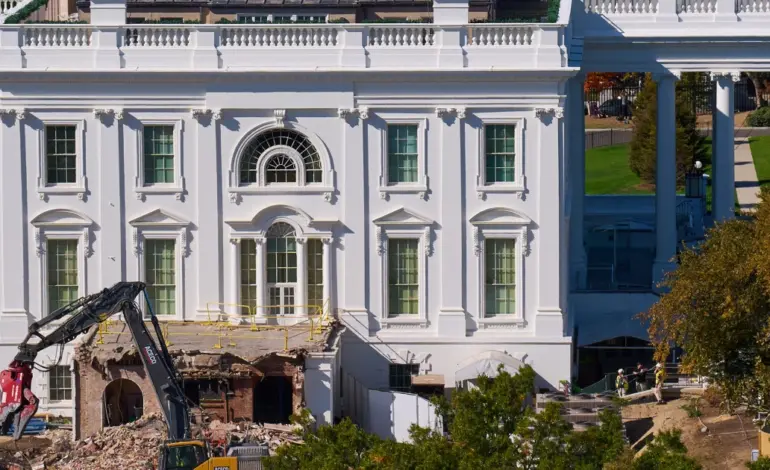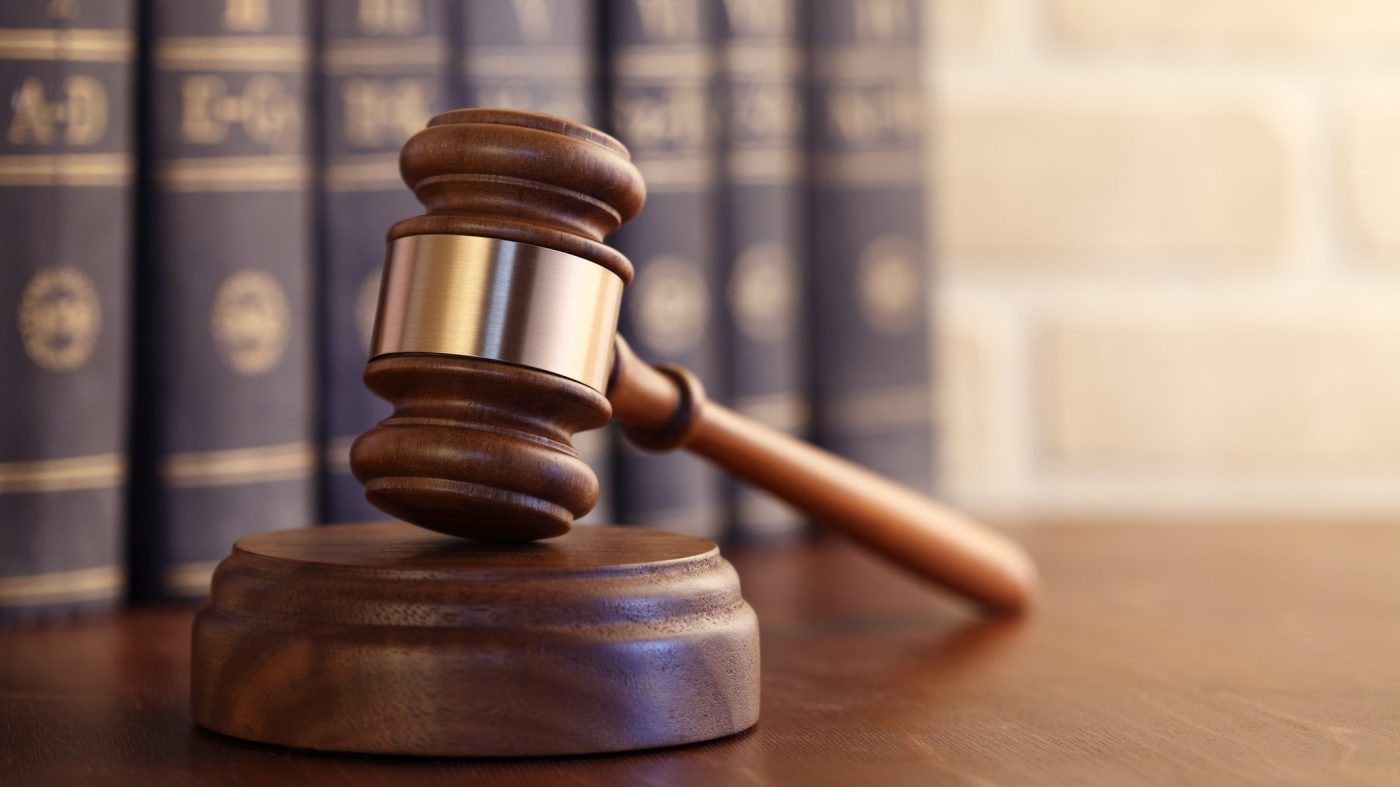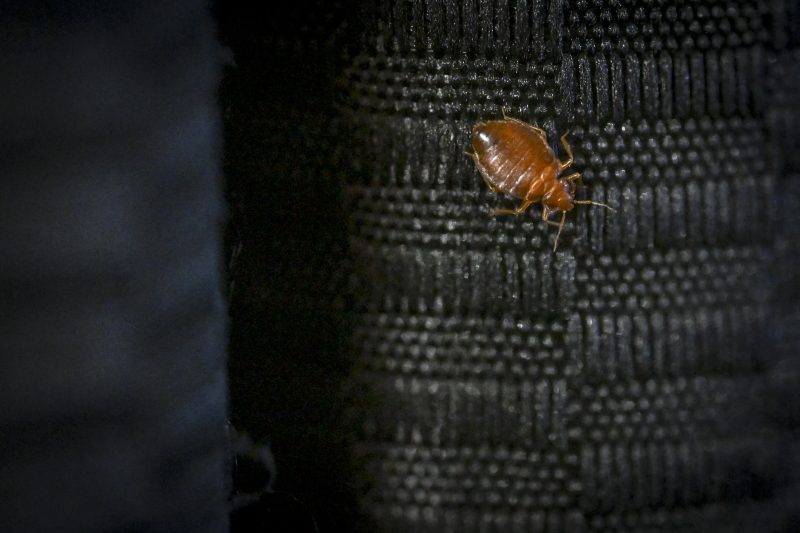Democrats Eye Trump’s $300M Ballroom for Repurposing Post-2028

UPDATE: The fate of Donald Trump’s controversial new $300 million ballroom at the White House is at stake as the 2028 presidential race heats up. If Democrats reclaim the presidency, pressure mounts to repurpose the lavish space, which many see as emblematic of Trump’s excesses.
As discussions intensify, prominent Democrats are envisioning a future where the ballroom is transformed into a venue that celebrates the American people rather than the elite. Rep. Jamie Raskin of Maryland stated, “This is a space that’s owned by the people and that serves the people.” He plans to propose converting the ballroom into the “Democracy Matters Ballroom,” focusing on America’s struggle for democracy.
Democratic officials are already brainstorming alternatives. Rep. Ro Khanna from California echoed calls for a space that “celebrates and empowers forgotten Americans.” He suggested a public consultation to gather ideas from everyday citizens on how to utilize the ballroom, which spans an impressive 90,000 square feet.
The ballroom project has drawn significant backlash; a recent Washington Post-Ipsos poll revealed that 88% of Democrats and 61% of independents oppose it. Critics see the ballroom as a legacy of Trump’s presidency, which many view as reckless and self-serving. “It’s a metaphor for this administration,” remarked California Governor Gavin Newsom, highlighting the disconnect between Trump’s vision and the American public’s sentiments.
Some lawmakers, like Rep. Steve Cohen from Tennessee, are even advocating for the ballroom’s demolition. “I don’t think it would be a bad idea to tear it down,” he stated, emphasizing that retaining the ballroom would only validate Trump’s controversial methods, including the demolition of the East Wing without notice.
Challenging the ballroom’s existence could become a rallying cry for Democratic candidates in the upcoming midterm elections. Saikat Chakrabarti, a candidate for Congress, proposed transforming the space into a museum that showcases “corruption and autocracy,” spotlighting the private donations that funded the ballroom’s construction, including contributions from major corporations like Amazon and Apple.
Despite the potential for change, some fear inertia may prevail. A new Democratic president burdened with numerous priorities may choose to leave the ballroom intact rather than engage in costly renovations. The White House has remained tight-lipped regarding the ballroom’s future, with Trump advocating for its continued use for large events, arguing it fulfills a long-standing need for such a venue.
As the 2028 election approaches, the ballroom’s fate is more than just a matter of aesthetics; it represents a broader ideological battle. Democrats view its transformation as a chance to reclaim the narrative around the White House, positioning it as a space that truly belongs to the American people.
What happens next? As candidates gear up for the midterms and beyond, expect creative proposals for the ballroom to emerge, potentially reshaping the White House for generations to come. Stay tuned for updates as this story develops.






